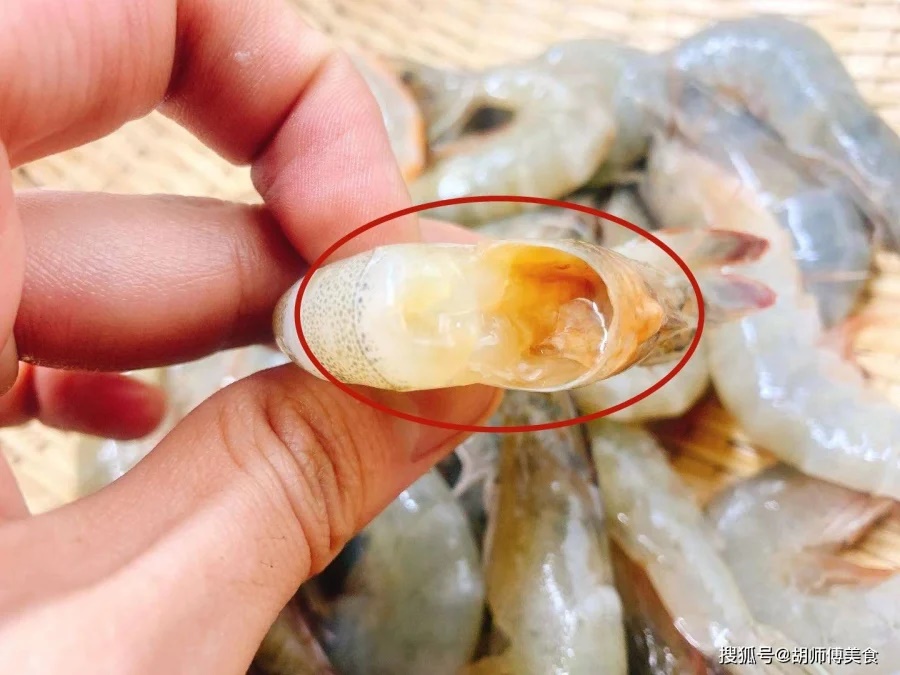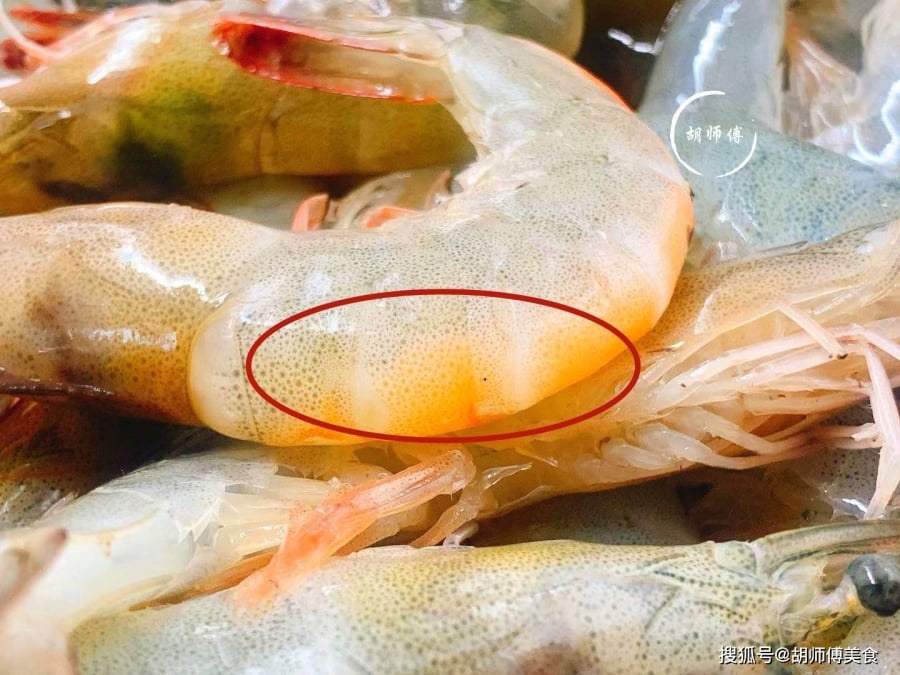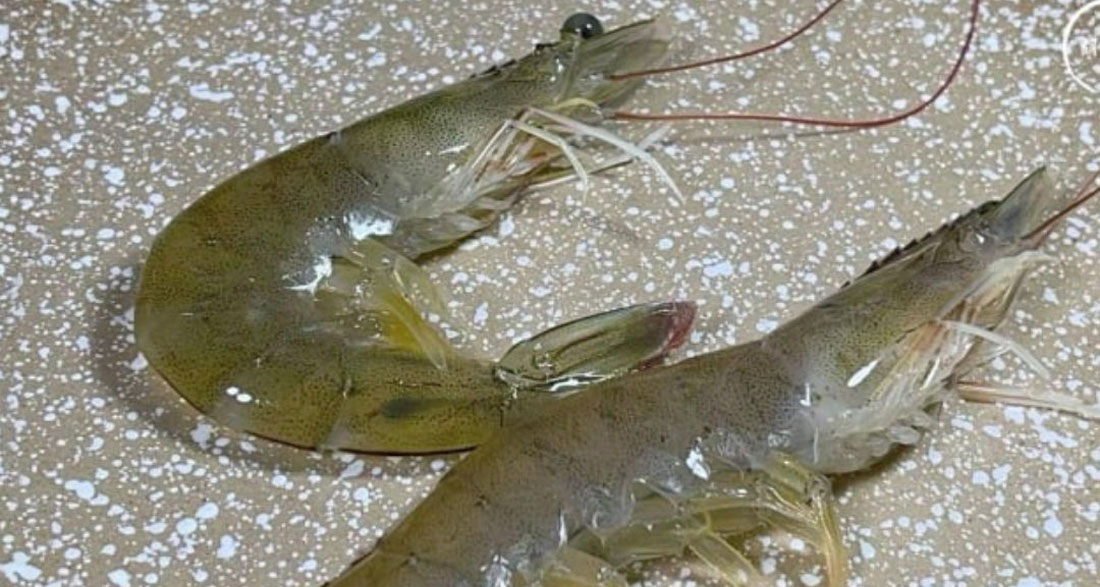The Secrets of Choosing the Perfect Shrimp
When you head to the market, you might find yourself facing an important question: should you pick “straight shrimp” or “curved shrimp”? The difference between these two types of shrimp is significant, yet many people remain unaware of it.
If you are unsure how to make the right choice, it’s all too easy to end up with frozen shrimp. Unfortunately, frozen shrimp often comes with issues such as poor quality meat and an overpowering fishy smell. No matter how you prepare it, the flavor will be disappointing.
To ensure a delightful culinary experience, it is essential to know that when you visit a supermarket or an outdoor market, your first priority should be to choose curved shrimp. This choice is not merely about aesthetics; it stems from a fundamental truth about shrimp.
When shrimp perish, their bodies lose rigidity. Even if you twist them, they will not retain their natural shape. Conversely, fresh shrimp remains naturally curved because low temperatures stimulate them to preserve this form.

However, your quest for the best shrimp doesn’t stop at just selecting the right shape. There are two critical signs you should look out for to avoid purchasing shrimp that has been sitting around for too long.
The first sign is shrimp that are missing their heads or tails. A shrimp lacking these vital parts is a clear indication that it is old and past its prime. As one knows in the culinary world, “freshness is key.”
If a shrimp’s head starts to decay and feels soft to the touch, it is a poor choice. Cooking this type of shrimp will only yield a dish that tastes off and lacks that fresh, oceanic flavor we all love.
The second sign to watch for is the color of the shrimp shells. If you notice that some shrimp shells are pink, it could mean they have been exposed to high temperatures during transportation. This exposure typically signals that the shrimp are not at their best and may not retain their delightful taste.

When shopping for shrimp, always prioritize those with clean and unblemished shells, avoiding any signs of discoloration.
In summary, remember that not all shrimp are created equal. As you navigate through the bustling market, keep an eye out for healthy, curved shrimp while staying vigilant for signs of aging. The joy of cooking with fresh ingredients will elevate your meals and impress anyone who has the pleasure of sharing them with you.
What do you think of these insights on shrimp selection? Feel free to share your thoughts in the comments below!

